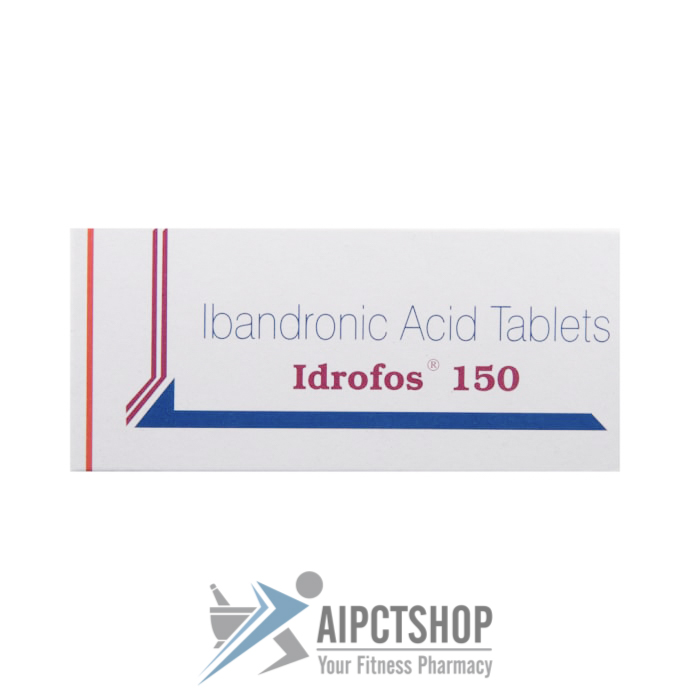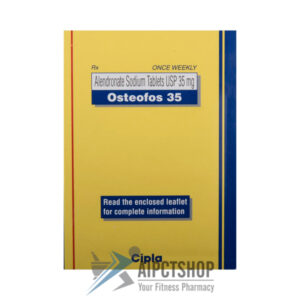Ibandronic Acid Information
What is this drug used for?
– It is used to treat soft, brittle bones (osteoporosis) in women who have been through menopause (change of life).
– It is used to put off soft, brittle bones (osteoporosis) in women after change of life.
– It may be given to you for other reasons. Talk with the doctor.
Possible side effects
Ibandronic Acid may cause side effects. Tell your doctor if any of these symptoms are severe or do not go away:
– Stomach pain or diarrhea.
– Upset stomach or throwing up.
– Flu-like signs.
– Nose or throat irritation.
– Back pain.
– Pain in arms or legs.
– Headache.
– Muscle or joint pain.
Some side effects can be serious. If you experience any of these symptoms, call your doctor immediately or get emergency medical treatment:
All products:
– Signs of an allergic reaction, like rash; hives; itching; red, swollen, blistered, or peeling skin with or without fever; wheezing; tightness in the chest or throat; trouble breathing, swallowing, or talking; unusual hoarseness; or swelling of the mouth, face, lips, tongue, or throat.
– Signs of low calcium levels like muscle cramps or spasms, numbness and tingling, or seizures.
– Eye pain.
– Change in eyesight.
– Very bad bone, joint, or muscle pain.
– Any new or strange groin, hip, or thigh pain.
– Very bad dizziness.
– Pain when passing urine.
– Passing urine more often.
– This drug may cause jawbone problems. The risk may be higher with longer use, cancer, dental problems, ill-fitting dentures, anemia, blood clotting problems, or infection. It may also be higher if you have dental work, chemo, radiation, or take other drugs that may cause jawbone problems. Many drugs can do this. Talk with your doctor if any of these apply to you, or if you have questions. Call your doctor right away if you have jaw swelling or pain.
Tablets:
– Chest pain.
– Heartburn.
– Black, tarry, or bloody stools.
– Coughing up blood.
– Throwing up blood or throw up that looks like coffee grounds.
– Trouble swallowing.
– Very bad pain when swallowing.
– Mouth sores.
Injection:
– Signs of kidney problems like unable to pass urine, change in how much urine is passed, blood in the urine, or a big weight gain.
– This drug may cause tissue damage if the drug leaks from the vein. Tell your nurse if you have any redness, burning, pain, swelling, blisters, skin sores, or leaking of fluid where the drug is going into your body.
Storage and Stability
Store at 25?C (77?F); excursions permitted to 15?C to 30?C (59?F to 86?F).
Adverse Reactions
Percentages vary based on frequency of administration (daily vs monthly). Unless specified, percentages are reported with oral use.
>10%:
Gastrointestinal: Dyspepsia (4% to 12%)
Neuromuscular & skeletal: Back pain (4% to 14%)
Respiratory: Upper respiratory tract infection (2% to 34%)
1% to 10%:
Cardiovascular: Hypertension (6% to 7%)
Central nervous system: Headache (3% to 7%), dizziness (1% to 4%), fatigue (3%), insomnia (1% to 2%), depression (2%)
Dermatologic: Skin rash (1% to 2%)
Gastrointestinal: Abdominal pain (5% to 8%), diarrhea (2% to 7%), nausea (4% to 5%), dental disease (4%), constipation (3% to 4%), vomiting (3%), gastritis (2%), gastroenteritis (3%)
Genitourinary: Urinary tract infection (2% to 6%), cystitis (3%)
Hypersensitivity: Acute phase reaction-like symptoms (IV: 10%; oral: 3% to 9%), hypersensitivity reaction (3%)
Infection: Influenza (4% to 8%)
Local: Injection site reaction (<2%)
Neuromuscular & skeletal: Limb pain (1% to 8%), arthralgia (4% to 9%), myalgia (1% to 6%), arthropathy (4%), weakness (4%), localized osteoarthritis (1% to 3%), muscle cramps (2%)
Respiratory: Bronchitis (3% to 10%), pneumonia (6%), nasopharyngitis (3% to 4%), flu-like symptoms (1% to 3%), pharyngitis (3%)
Postmarketing and/or case reports: Acute renal failure, anaphylactic shock, anaphylaxis, angioedema, bronchospasm, bullous dermatitis, erythema multiforme, exacerbation of asthma, femur fracture (diaphyseal or subtrochanteric), hypocalcemia, iritis, musculoskeletal pain (bone, joint, or muscle; incapacitating), ophthalmic inflammation, osteonecrosis (oro-facial sites including the external auditory canal), osteonecrosis of the jaw, prolonged Q-T interval on ECG (Bonilla 2014), scleritis, Stevens-Johnson syndrome, uveitis






Reviews
There are no reviews yet